In modern home decor, the bathroom is no longer just a functional space but also an important area that reflects home style and quality of life. As the "core furniture" of the bathroom, the bathroom vanity not only determines storage efficiency and spatial layout, but also directly affects the overall style and user experience.
Whether it's a 24-inch compact bathroom in a small apartment or a luxurious master bathroom with a separate vanity area, choosing the right bathroom cabinet is crucial. This article will comprehensively analyze how to select the ideal bathroom cabinet from the perspectives of size planning, material selection, style matching, and functional configuration, providing practical reference for your decoration.
1. Determine the appropriate size: Starting from spatial planning
The first step in purchasing a bathroom cabinet is to clarify the installation space. The appropriate size not only ensures comfort during use but also affects storage efficiency and visual balance.
Measure available space
When measuring, factors such as wall-to-wall width and depth, as well as water pipes, sockets, door openings, and closing angles, should be considered.
Small bathroom: It is recommended to choose a 24-30-inch single-basin sink, which is compact and takes up little space.
Medium-sized bathroom: A 36-48 inch vanity provides more storage space, combining practicality and aesthetics.
Main bathroom or double bathroom: A 60-72-inch double-sink vanity is more suitable for multi-user needs.
Consideration of height and depth
The mainstream bathroom cabinet height in the US market is 32-36 inches. If used by children or elderly people, a low cabinet close to 32 inches can be chosen; modern adult bathrooms tend to be 36 inches high, which is ergonomic.
The depth is generally between 18 and 22 inches, and excessive depth may affect the traffic flow.
The installation method determines how space is utilized
Floor-standing luxury: Strong storage capacity, suitable for bathrooms with larger spaces.
Wall-mounted luxury: The bottom is left empty for easy cleaning, making it visually lighter and suitable for small spaces or modern style decoration.
2. Material selection: Durability determines service life
The bathroom is damp and has a significant temperature difference, requiring extremely high-grade materials for the cabinet. There is a substantial difference in durability and price among different materials' vanities.
Solid Wood
The strongest durability and natural texture. Common wood species include oak, maple, walnut, and others, which can be used for more than 10 years after a moisture-proof sealing treatment. Although the price is relatively high, it is suitable for families who pursue high-end decoration and long-term use.
Plywood (multi-layer solid wood panel)
High cost-effectiveness, strong waterproofing, and stable structure. It is currently one of the most popular mid to high-end options in the US market, commonly used for load-bearing structures and cabinet doors.
MDF (medium-density fiberboard)
Low cost, smooth appearance, but average moisture resistance, suitable for bathrooms with good dry-wet separation. Suggest choosing the moisture-resistant MDF version to extend its lifespan.
Particle Board
Economical, but poor durability, not recommended for use in environments with high humidity.
Countertop material selection
Quartz (artificial quartz): scratch-resistant, stain-resistant, and rich in color.
Marble: high-end and elegant, but requires regular anti-seepage treatment.
Ceramic countertop: economical, practical, easy to clean, suitable for entry-level bathroom renovation.
3. Style and color matching: Determining the temperament of the space
The bathroom cabinet is the visual focal point, and its style selection directly affects the atmosphere of the entire space.
Modern Minimalist
The lines are clean and mainly white, gray, or black. Suspended design paired with LED mirrors or frameless mirrors enhances the sense of space.
Farmhouse Style
We often use solid wood materials and natural tones, such as oak wood and brushed nickel handles, paired with white basins to create a warm atmosphere.
Transitional Style
Combining traditional wood grain with modern lines is suitable for families who want to balance classic and contemporary styles.
Luxury Glam
Commonly seen in the design of the main bathroom, using brushed gold faucets, marble tops, or dark cabinets such as navy blue or espresso brown to highlight high-end taste.

4. Function and detail configuration: Practicality determines experience
In selecting bathroom cabinets, functional design cannot be ignored. Reasonable layout and hardware configuration can significantly improve usability.
Storage structure design
Drawer style design: more convenient for classified storage, suitable for small items such as cosmetics and towels.
Cabinet door design: With its large interior, it is suitable for storing cleaning supplies.
Combination style: a top and bottom combination layout that is more in line with daily household usage habits.
Soft close system
Preventing collision noise from cabinet doors or drawers while extending hardware lifespan is a standard feature of mid to high-end bathroom cabinets.
Reserved pipeline and power interface
If you plan to install a medicine cabinet with a light mirror or socket, you should prepare the direction of the wires and the location of the power supply.
Waterproof base and moisture-proof edge sealing
High-quality products typically use PVC edging or sealing on the cabinet legs and bottom plates to prevent moisture from entering the floor and to extend their lifespan.
5. Installation and Maintenance: Balancing Aesthetics and Durability
Check the level and stability before installation
Whether it is a floor-standing or wall-mounted installation, the cabinet should be level during installation; otherwise, it may cause poor drainage from the basin or misalignment of the door panels.
Maintain dryness and ventilation
Avoid long-term contact with cabinet feet due to accumulated water. If the bathroom ventilation is weak, an exhaust fan can be installed to keep the humidity below 60%.
Regular cleaning and maintenance
Use a soft, damp cloth to wipe the surface, avoiding strong acids and alkalis. Solid wood cabinets can be coated with protective oil every 6 months to maintain gloss and moisture resistance.
6. Budget and Brand Selection: Balancing Quality and Price
Budget allocation suggestions
In the overall bathroom decoration, bathroom vanity accounts for about 20%-30% of the budget. For consumers with limited budgets, a combination of Plywood cabinets and Quartz countertops can be chosen to balance durability and cost.
Standard brand references in the US market
Kohler: Known for its high-end solid wood and design sense.
IKEA: Simple style, high cost-effectiveness.
Home Depot/Lowe's proprietary brand: offers multiple standard sizes (24-60 inches) and ready-to-install options.
Design House/Ove Decors: Combining modern appearance with high durability.
7. Conclusion: The choice of bathroom cabinet is a 'life investment'
A good bathroom vanity not only affects the daily user experience but also shapes the space's visual style and lasting value.
When purchasing, do not only consider appearance or price; also consider size, material, moisture resistance, and maintenance costs.
The balance between practical design, durable structure, and coordinated style is the key to creating an ideal bathroom.
Whether you prefer the 36-inch single-basin or the 72-inch double-basin, as long as you choose wisely, it will be the most practical and aesthetically valuable part of your home.

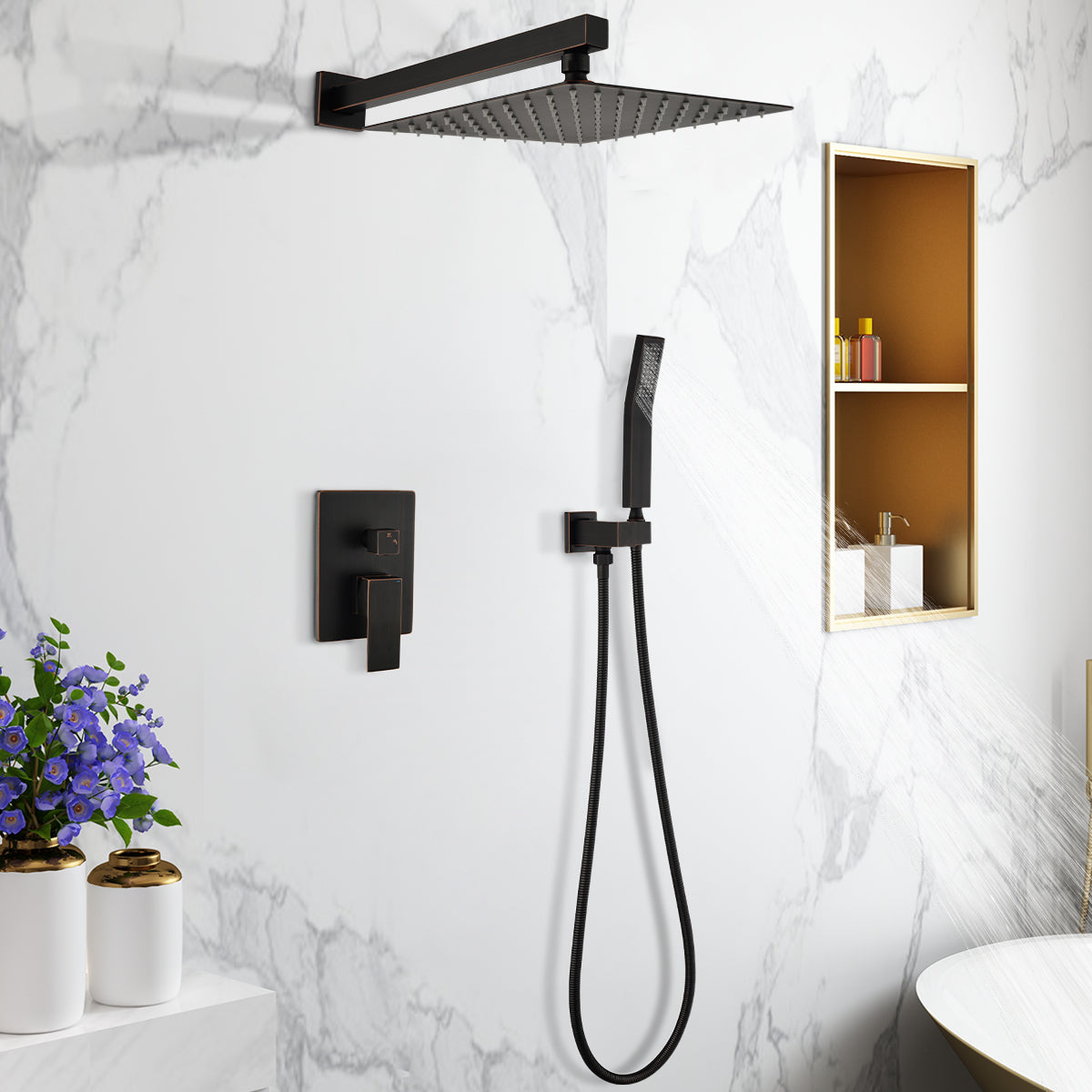






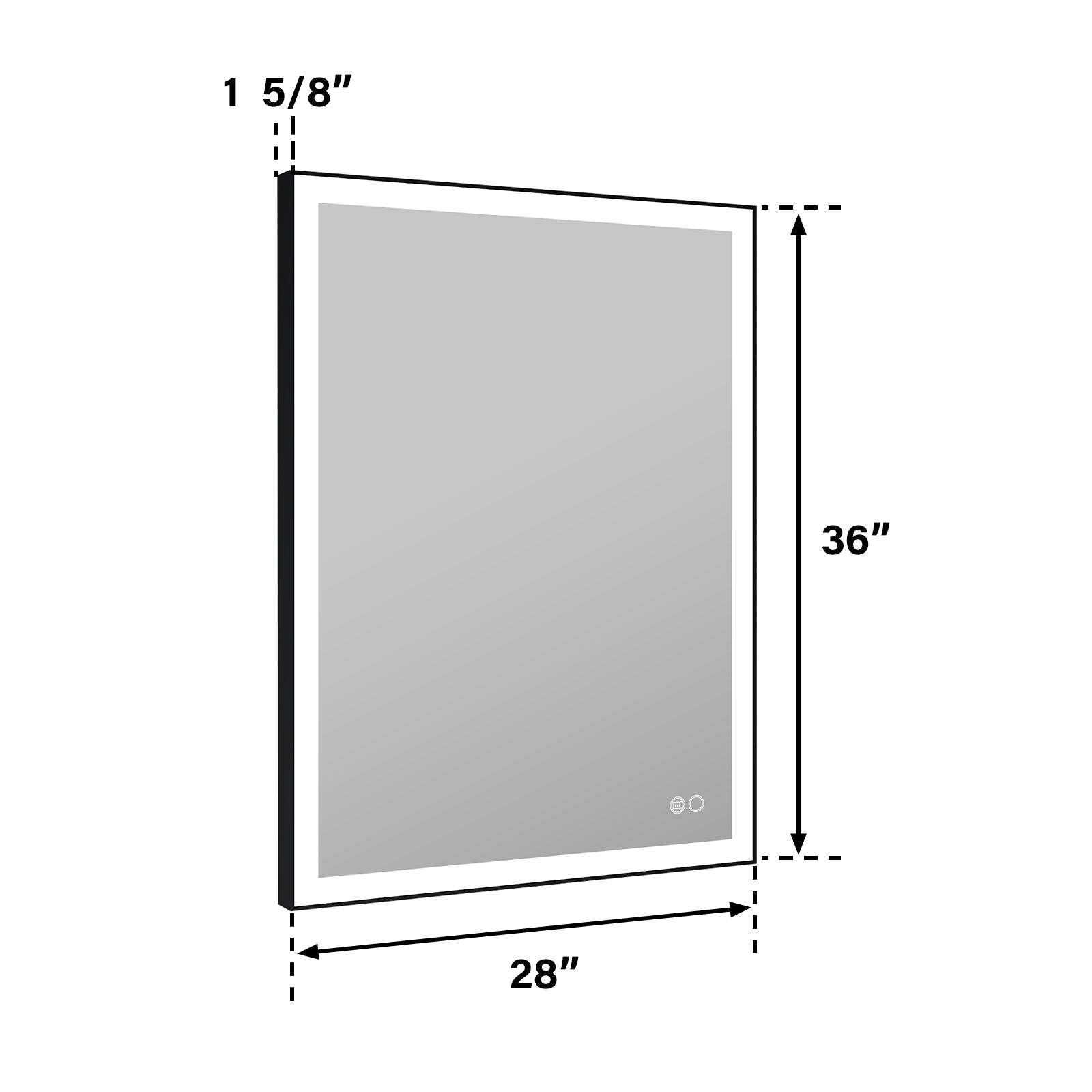
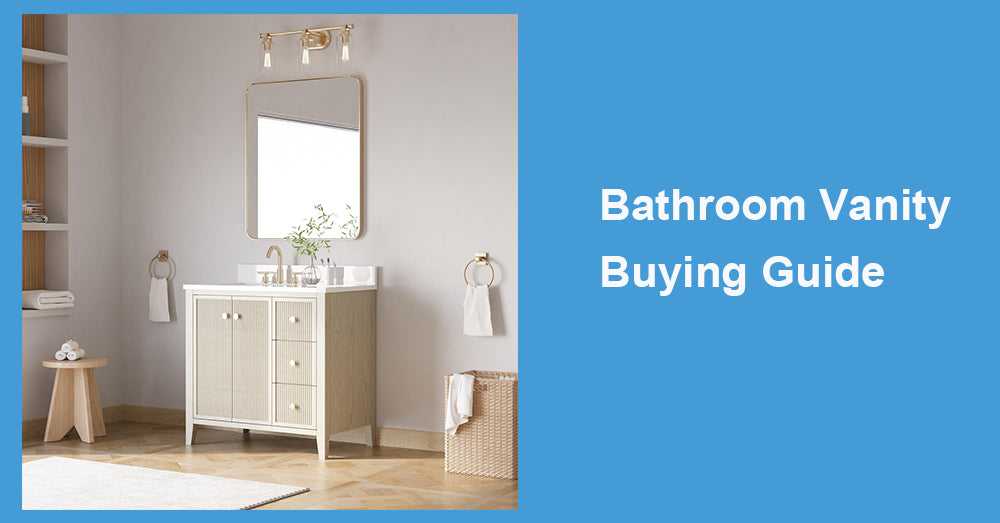
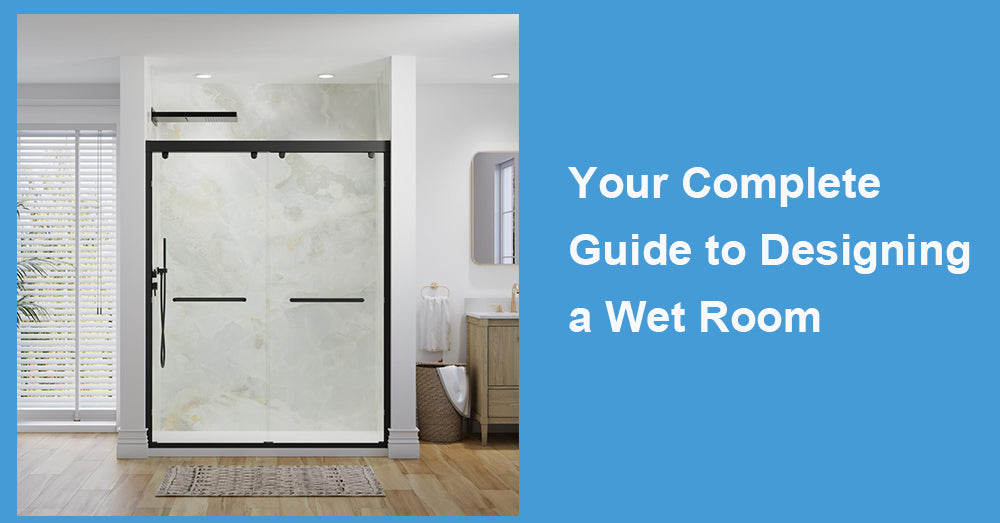

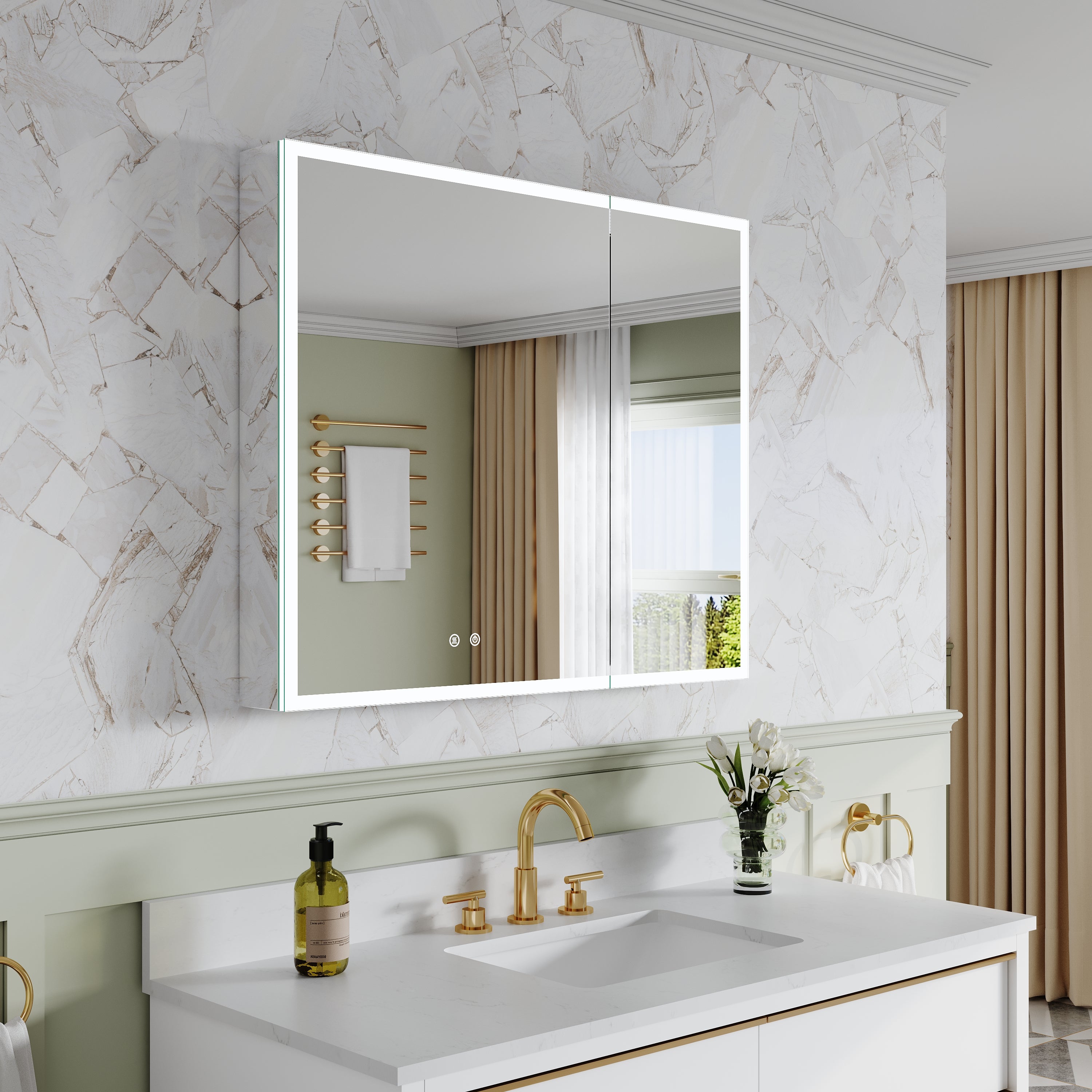
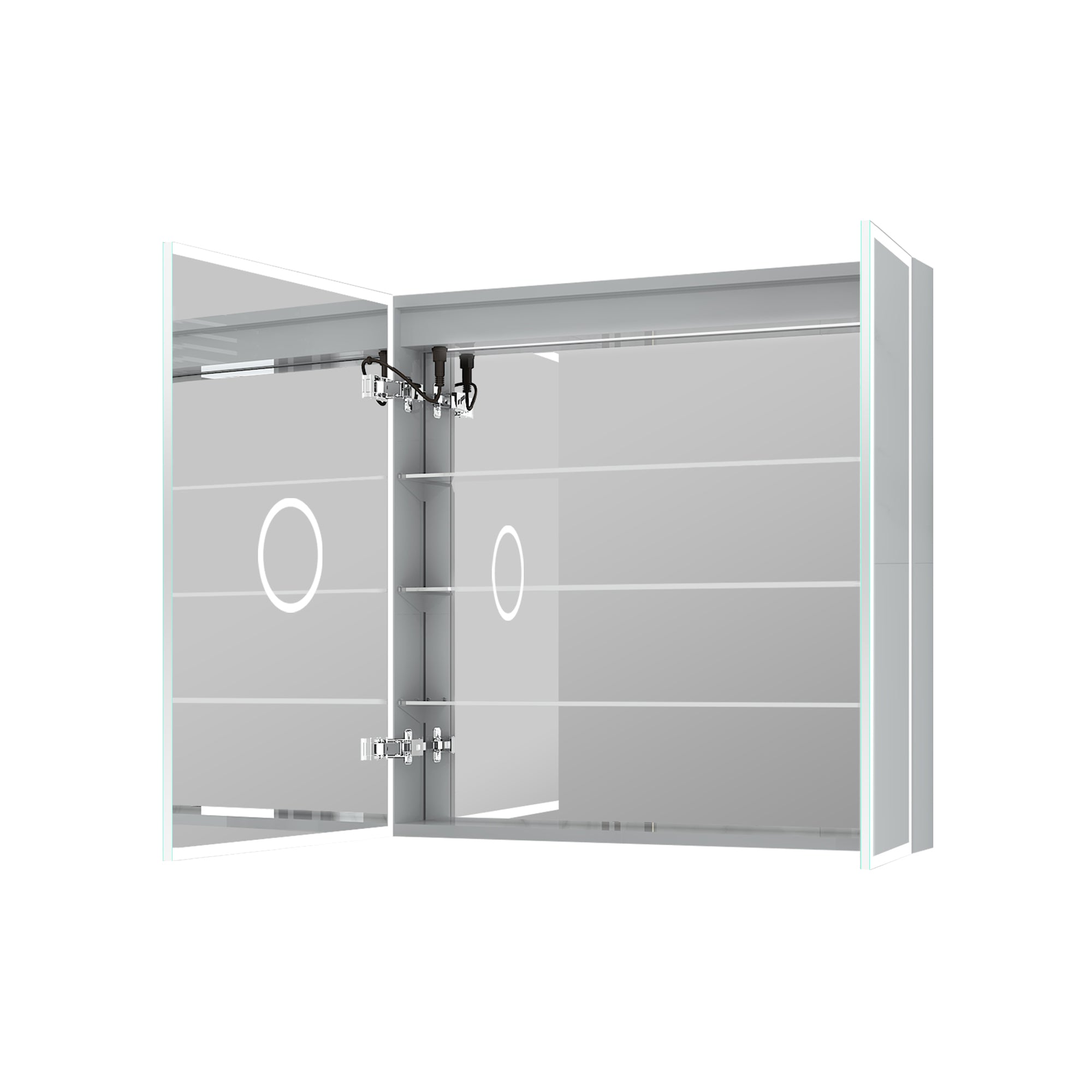
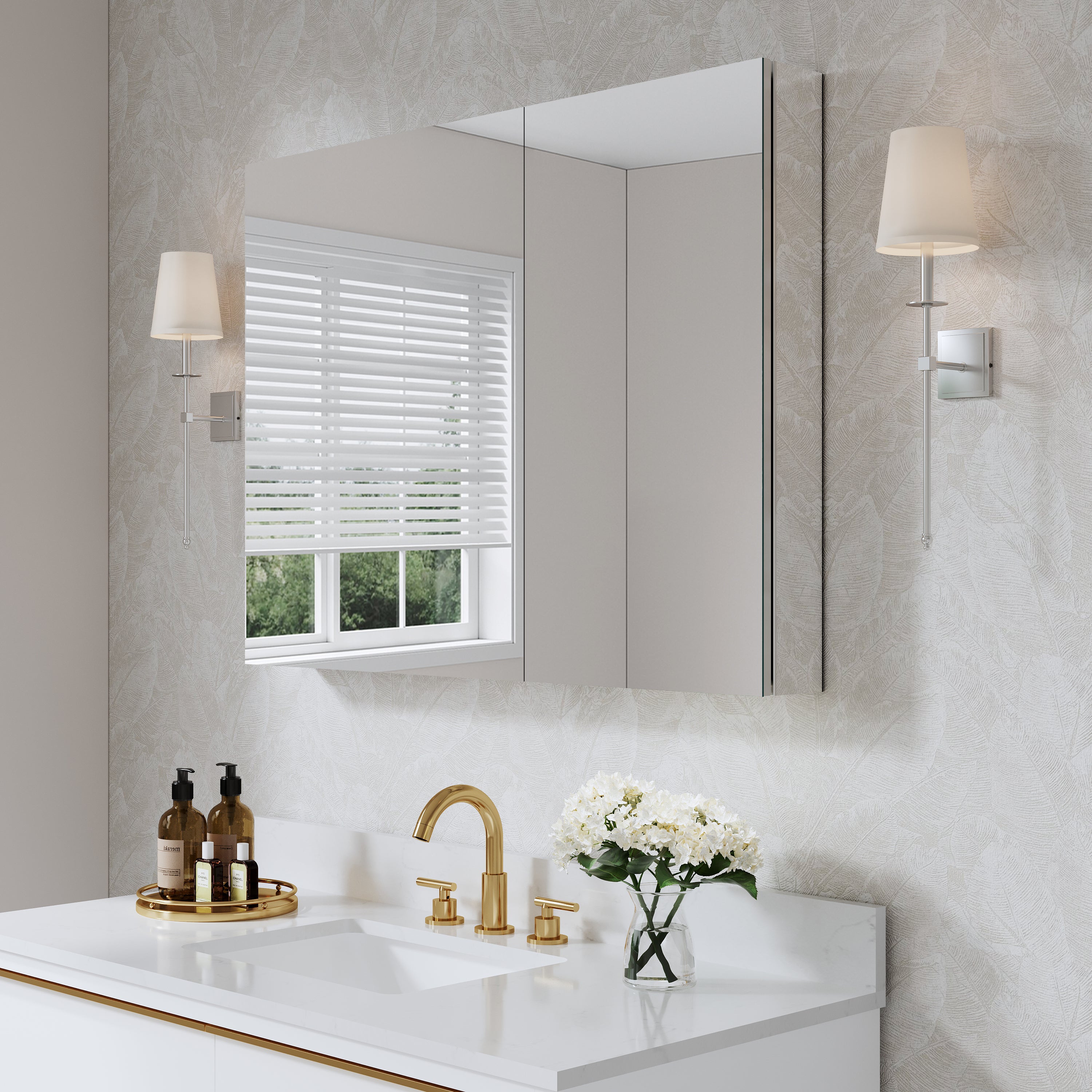

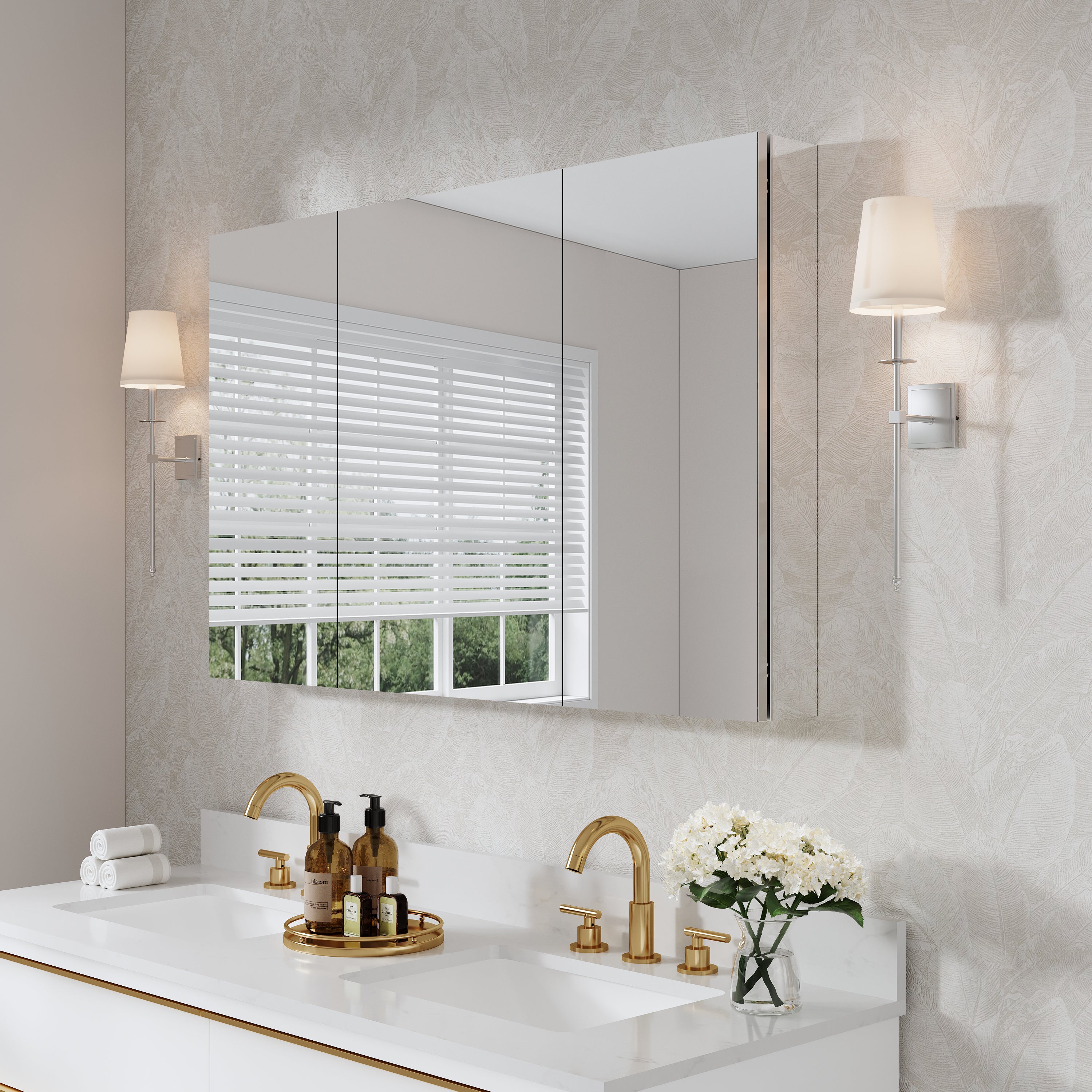
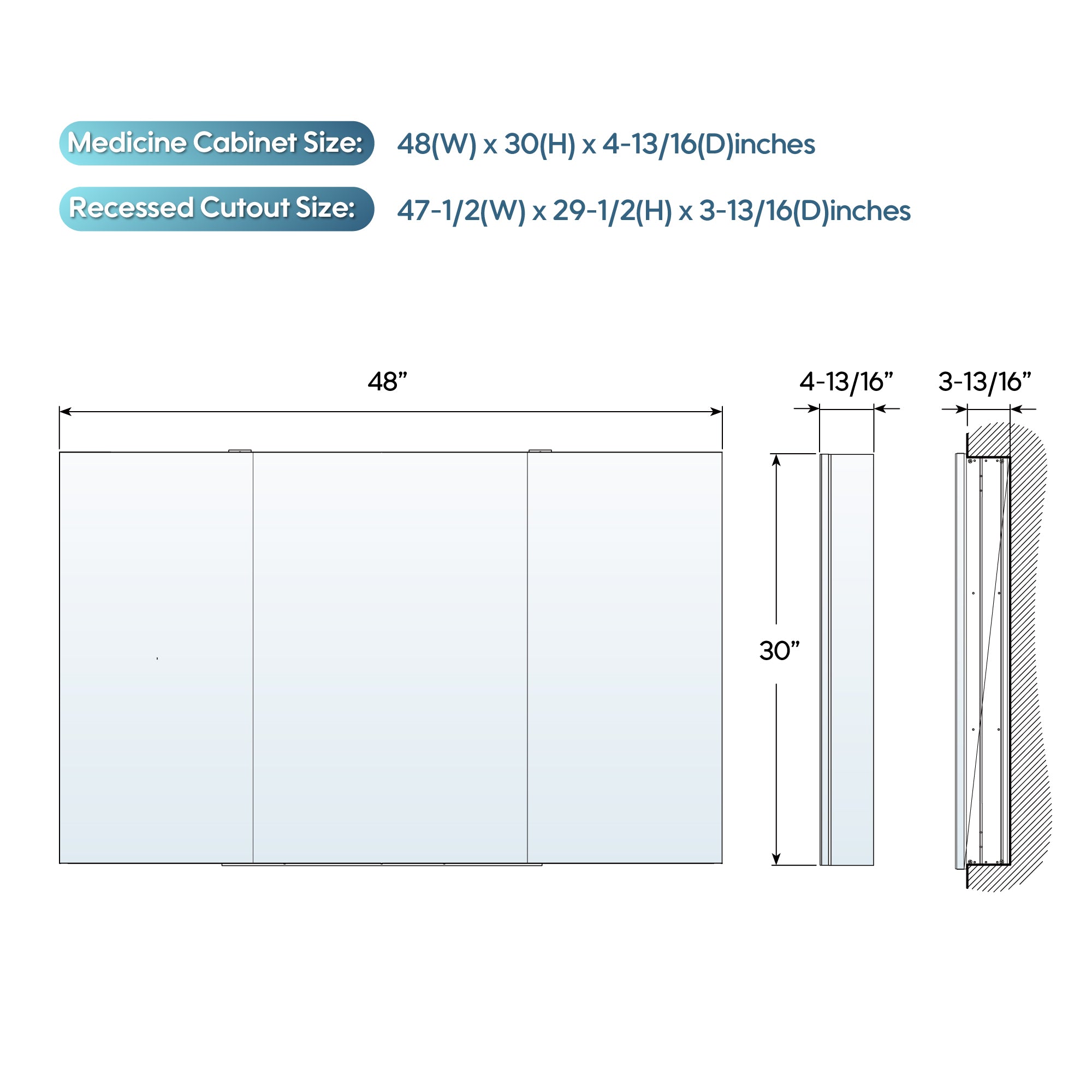

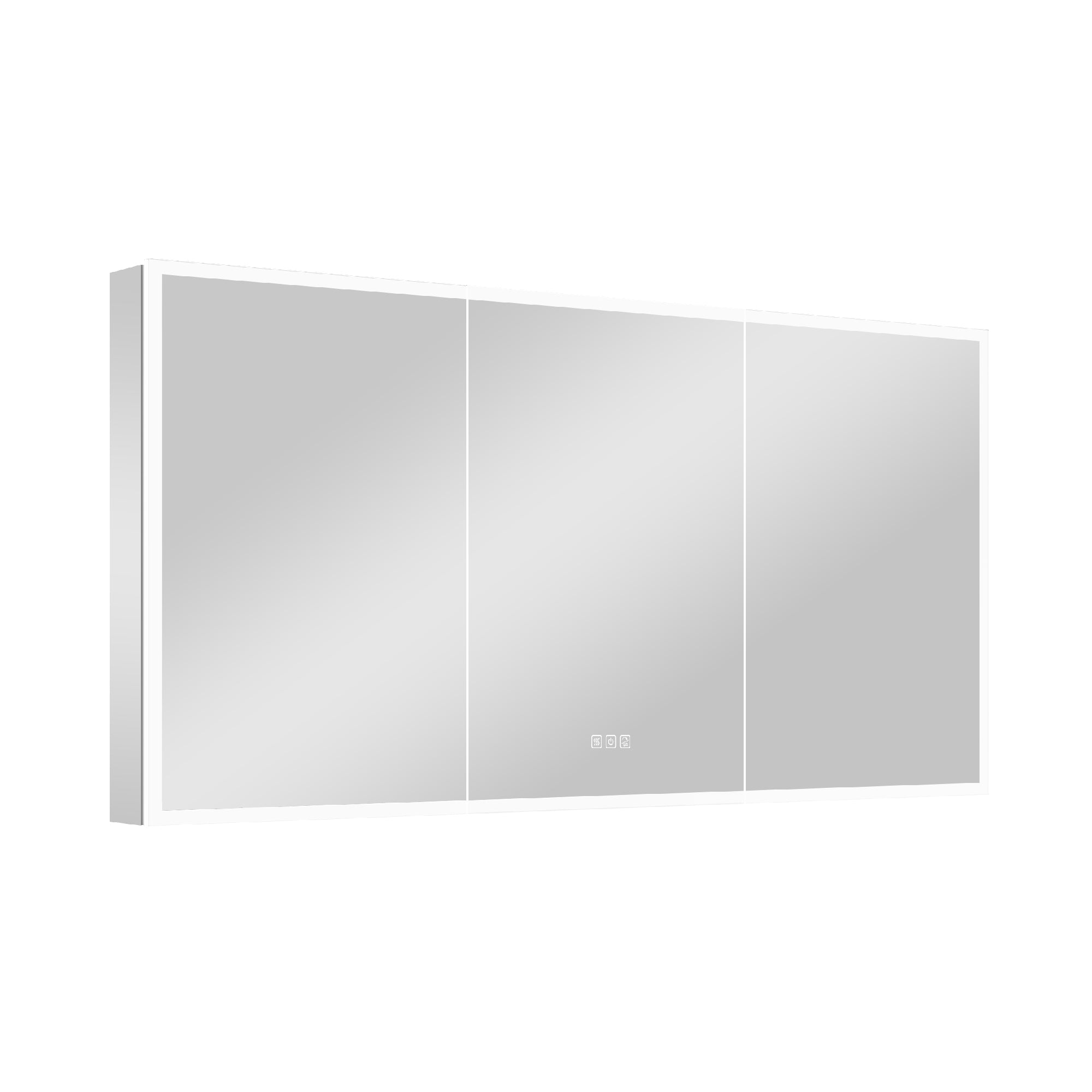
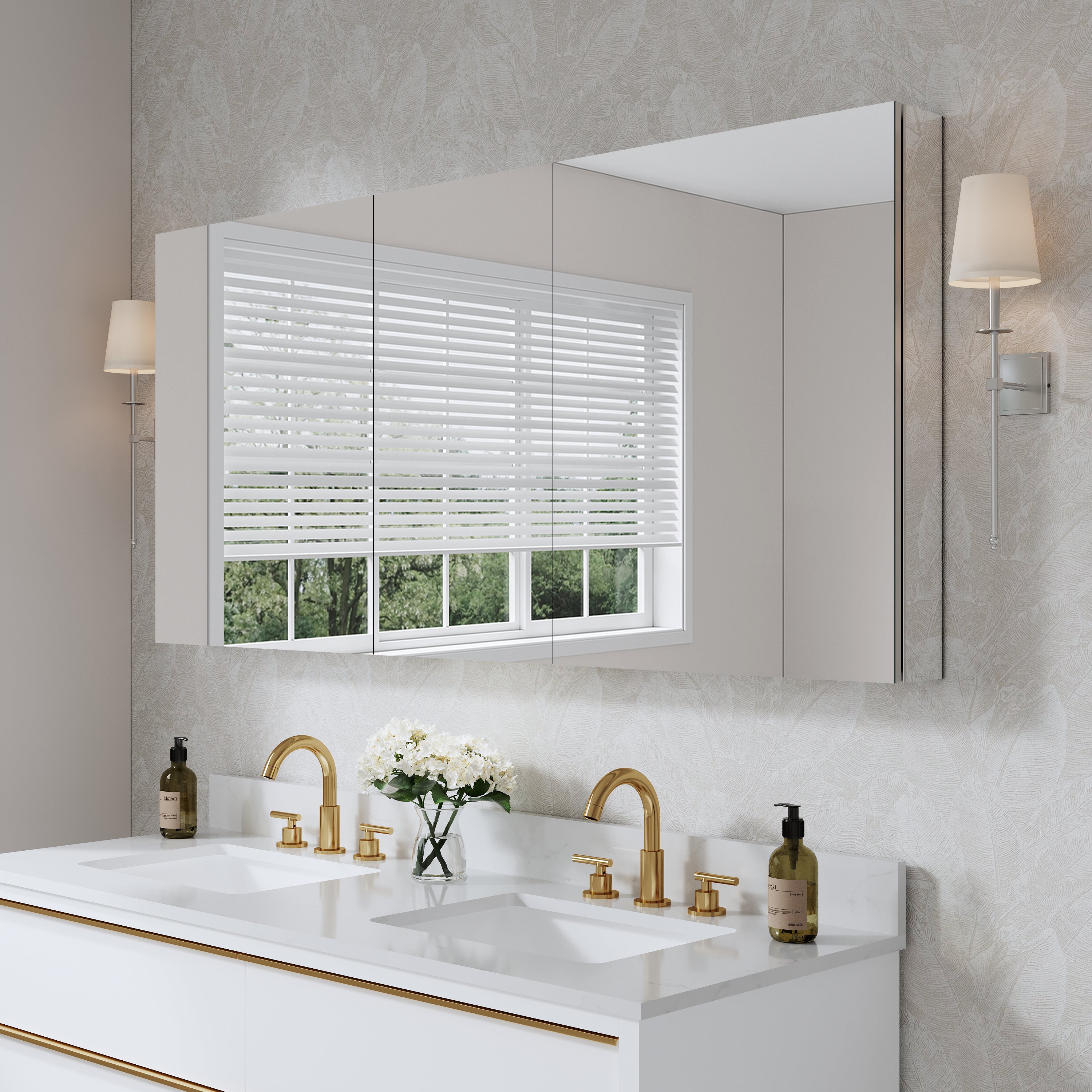




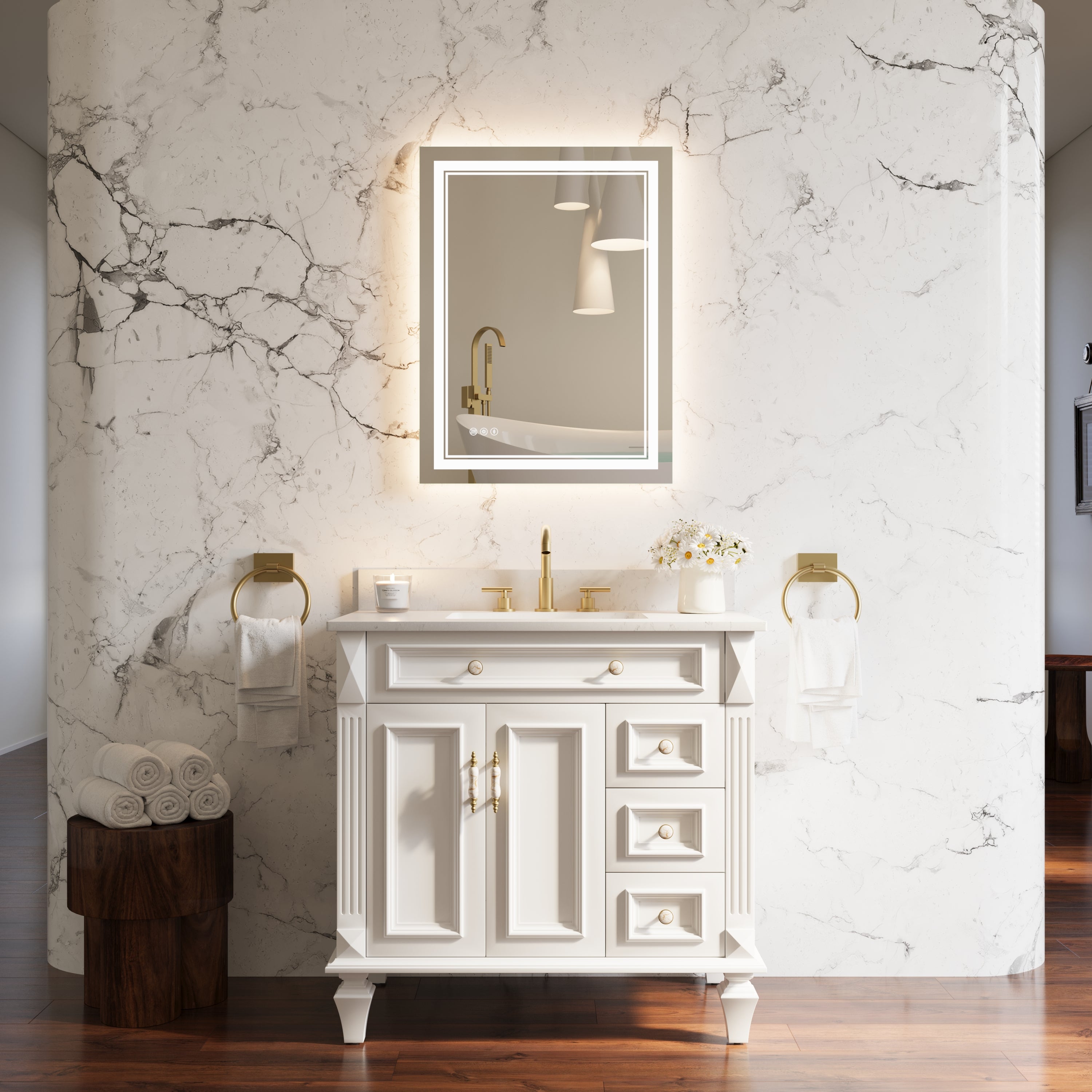
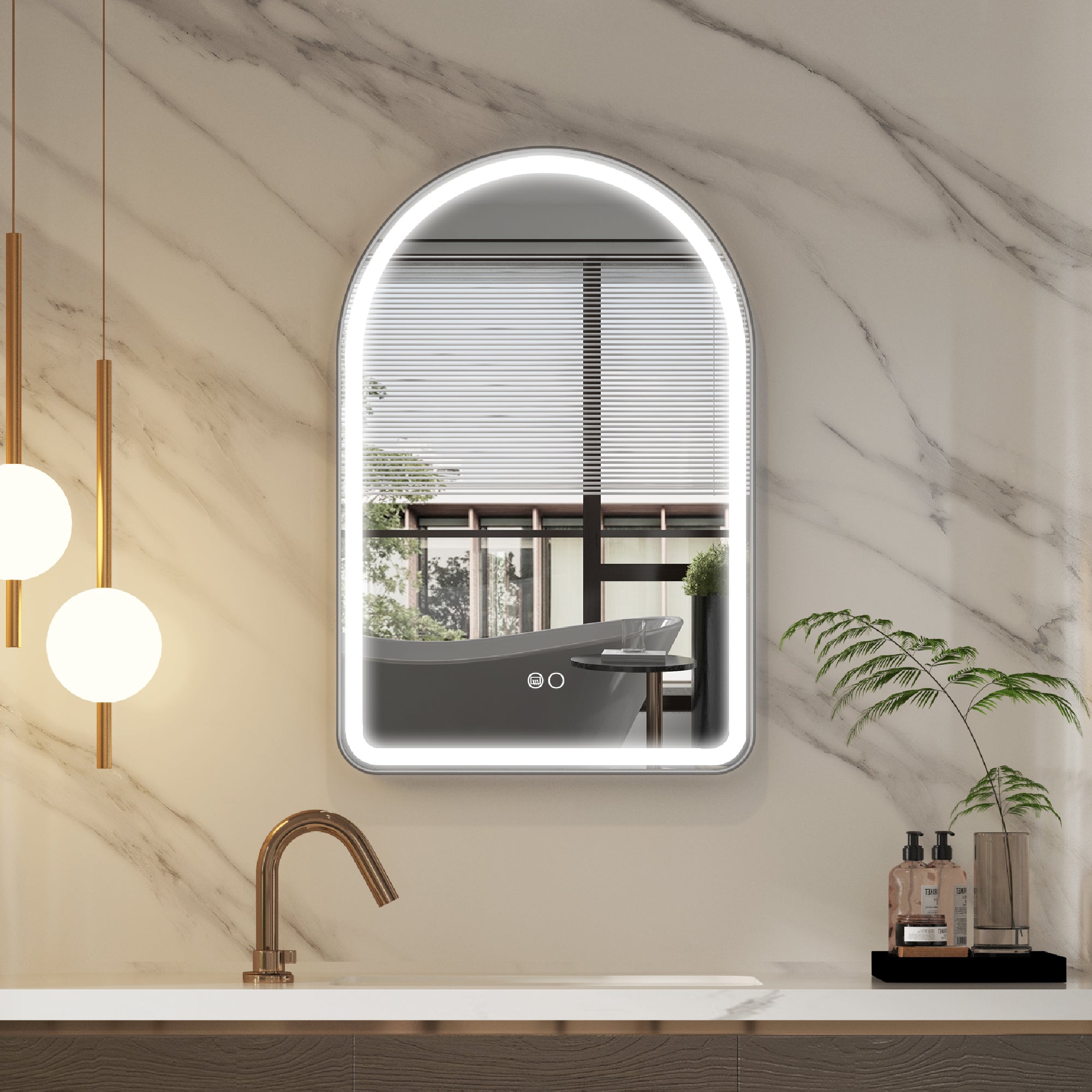
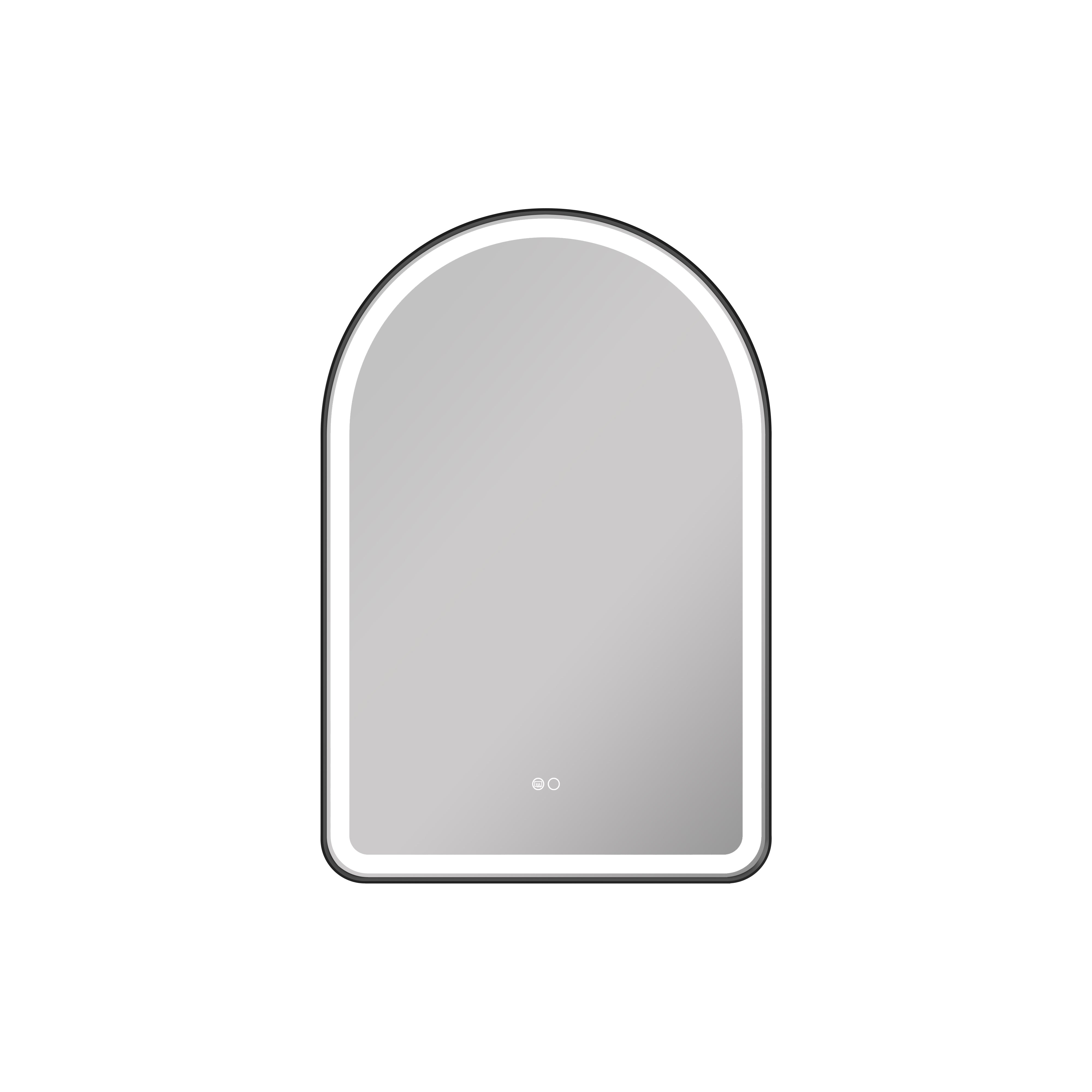

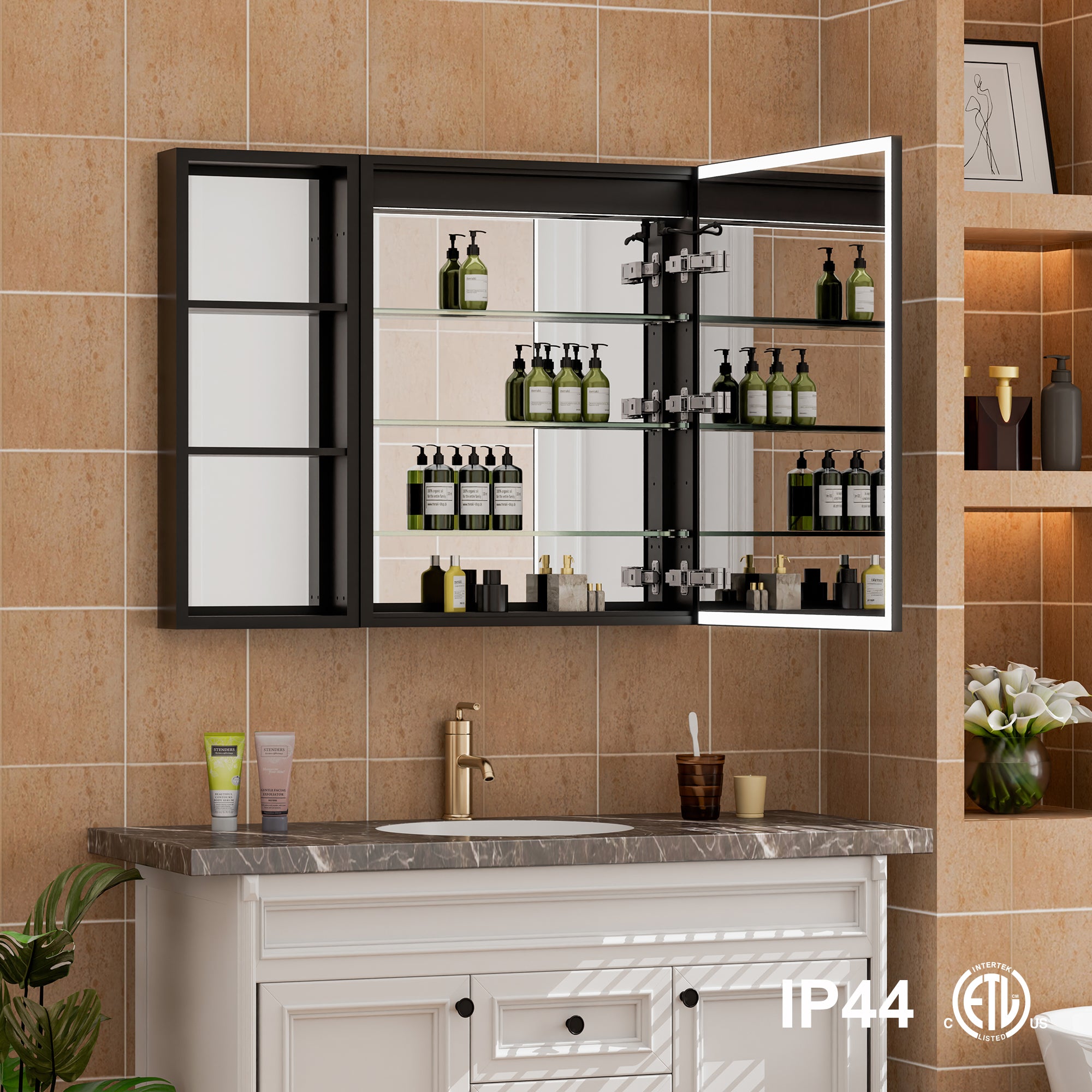
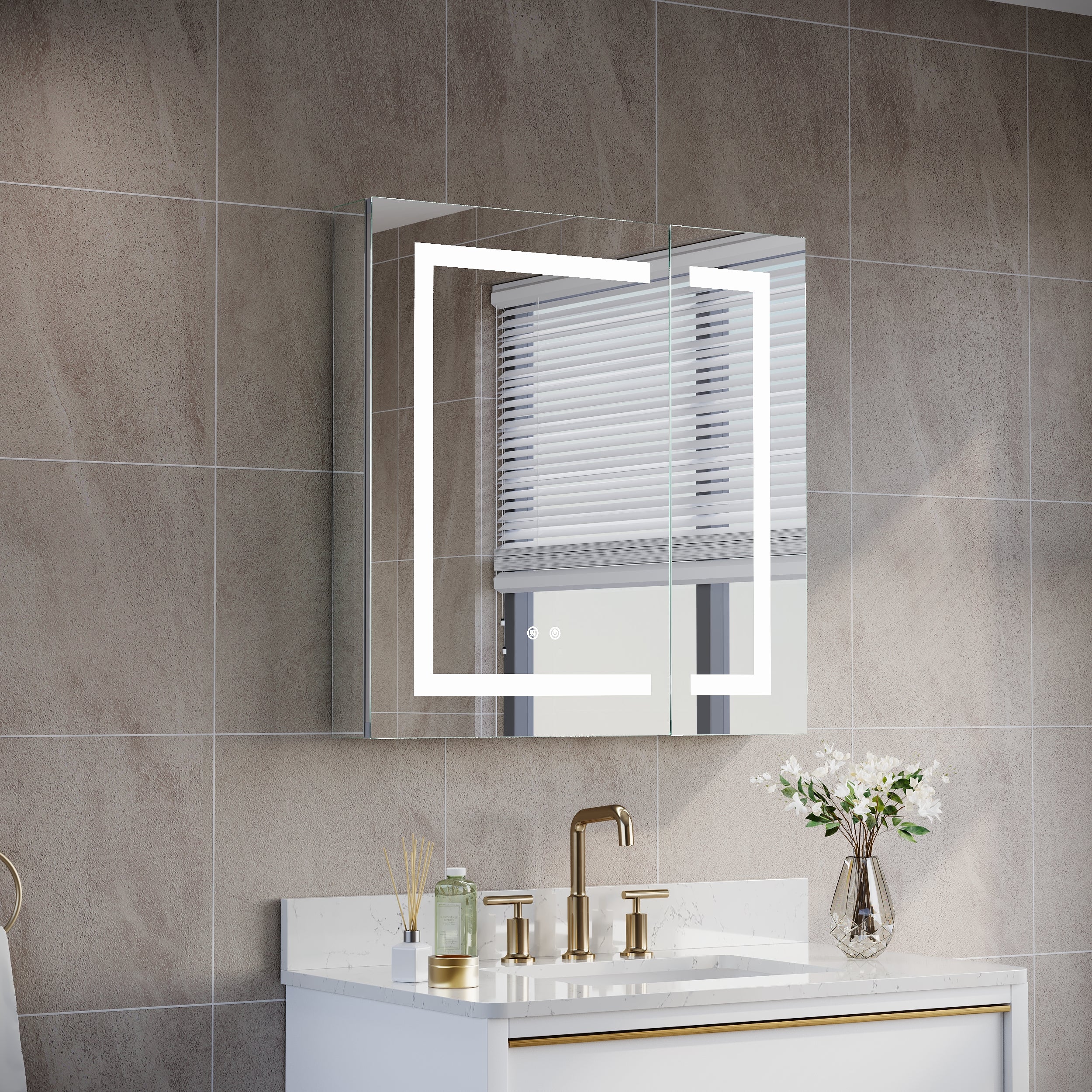
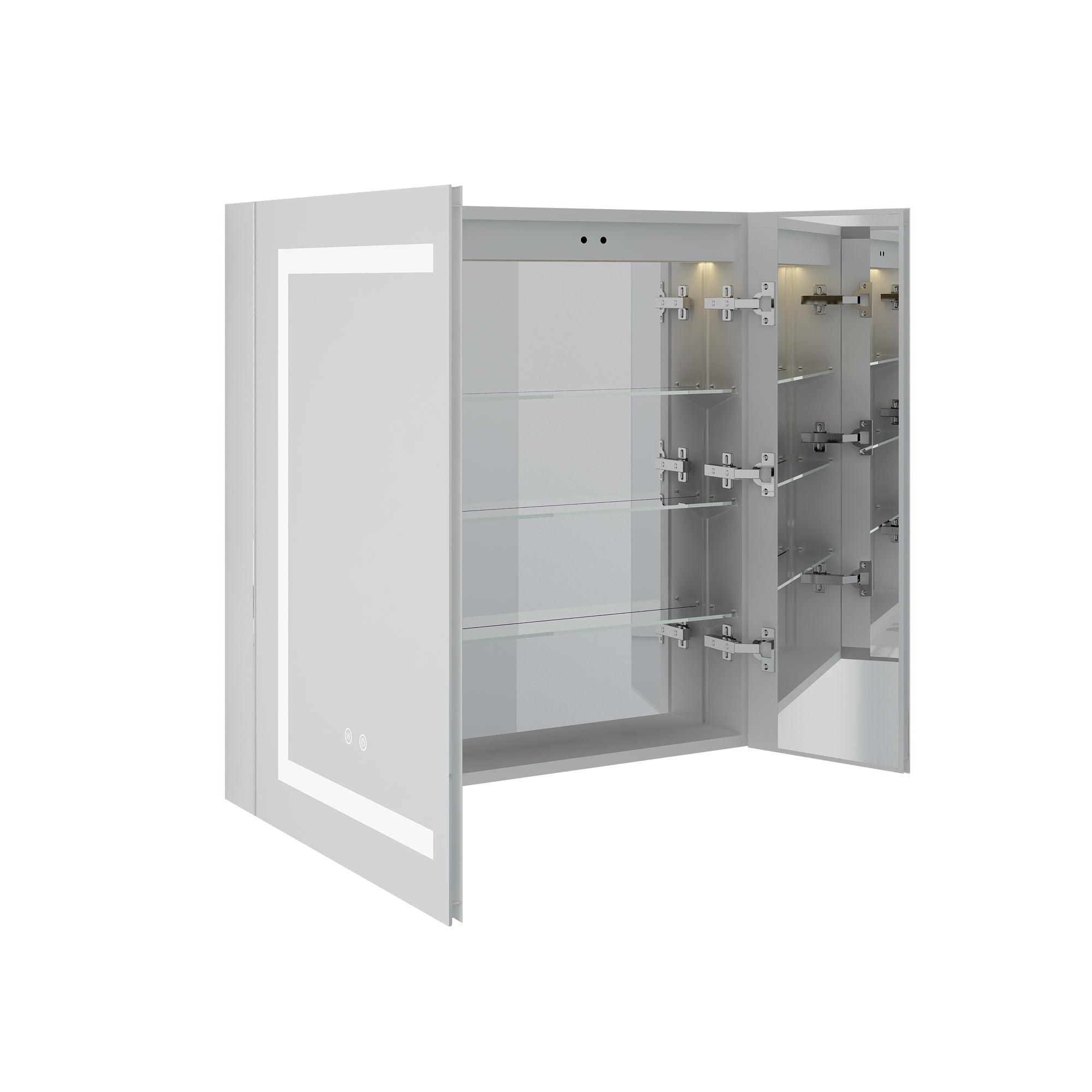
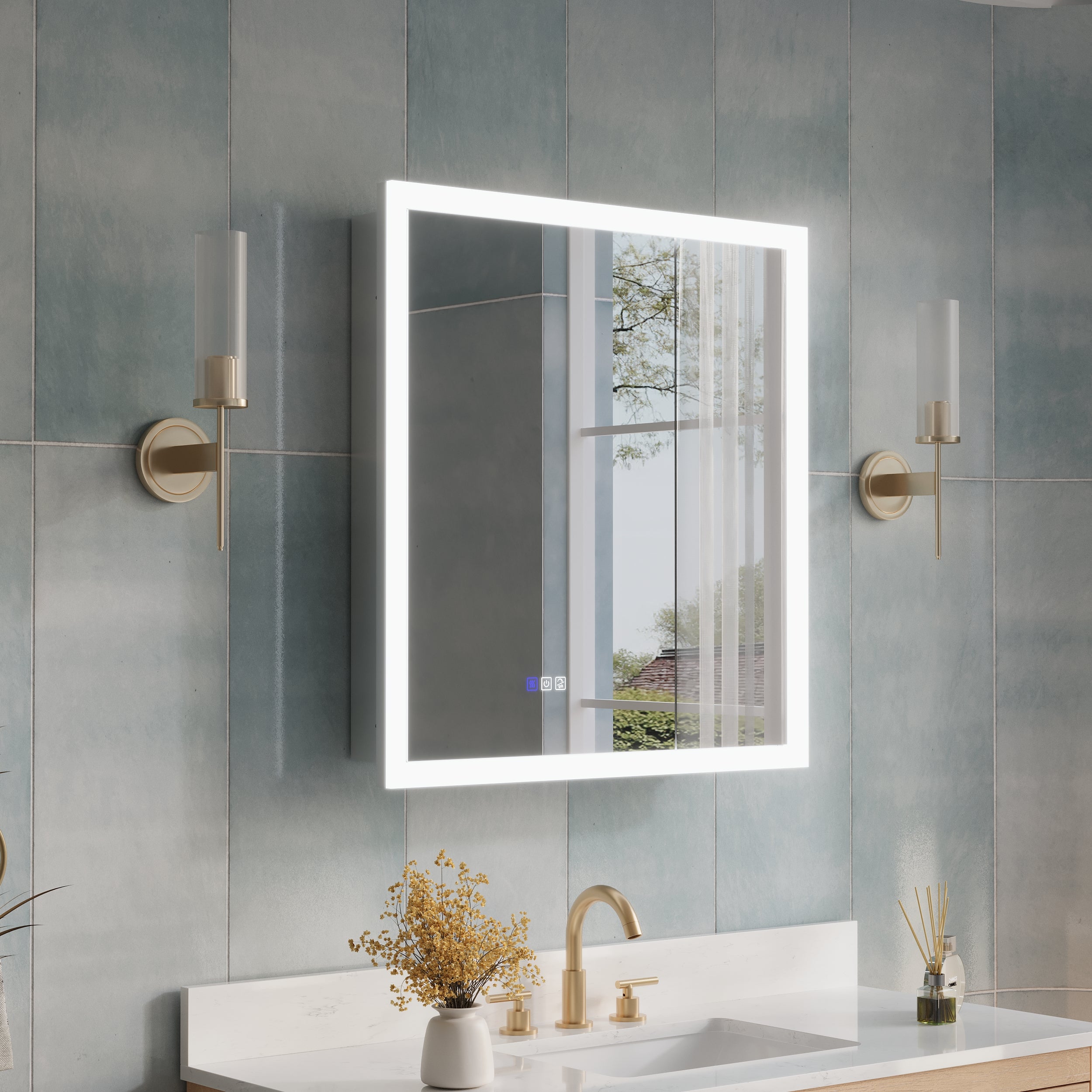

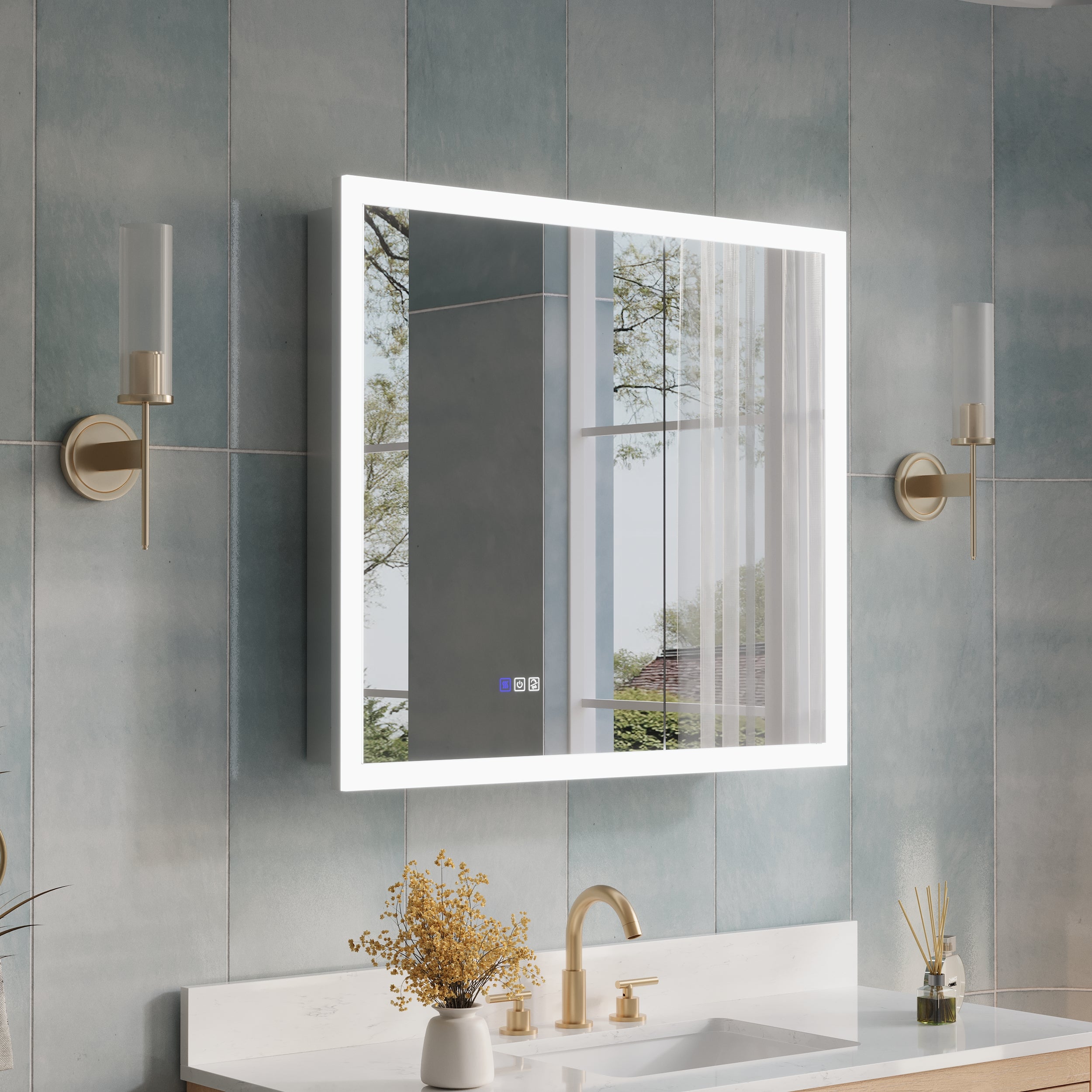

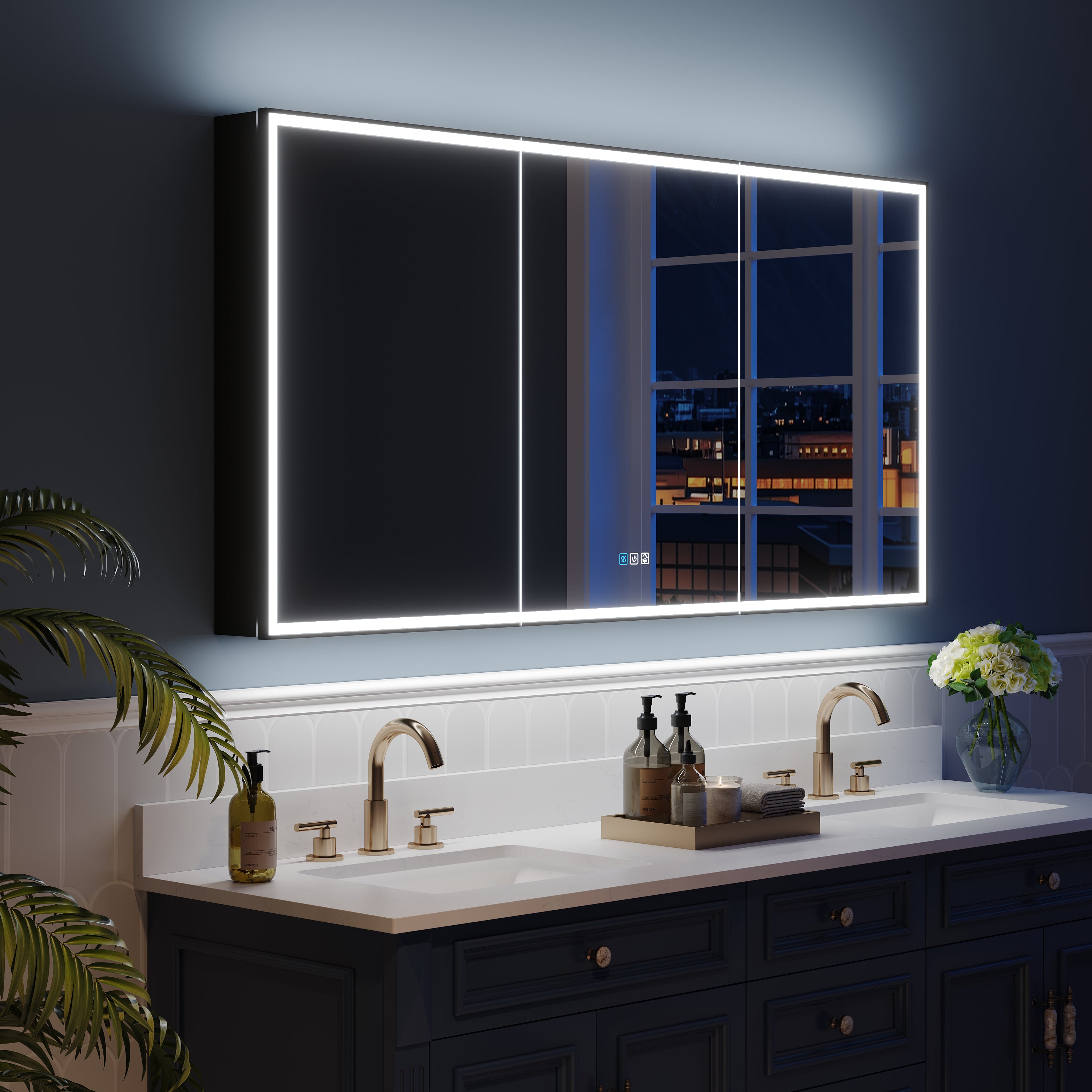
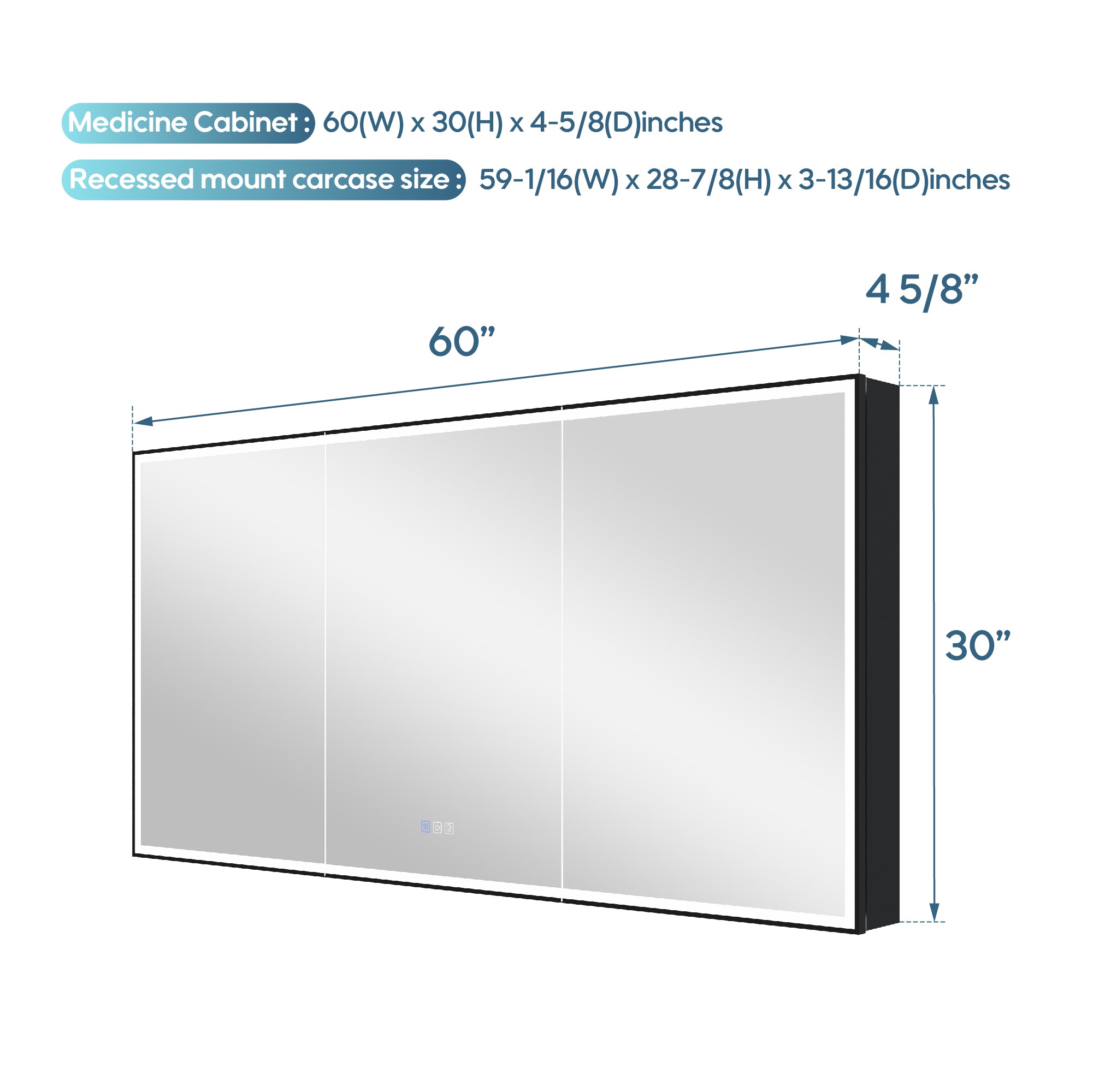
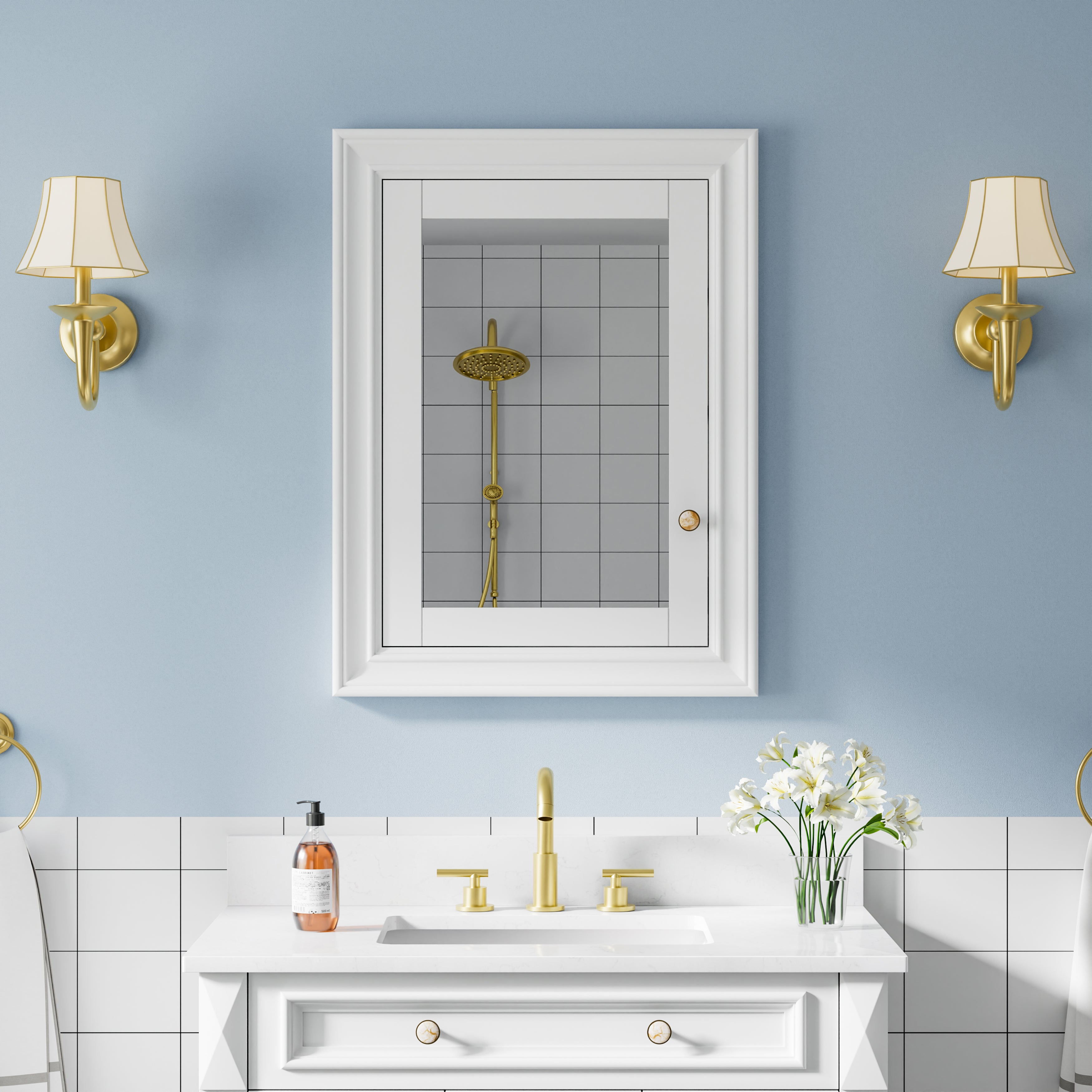


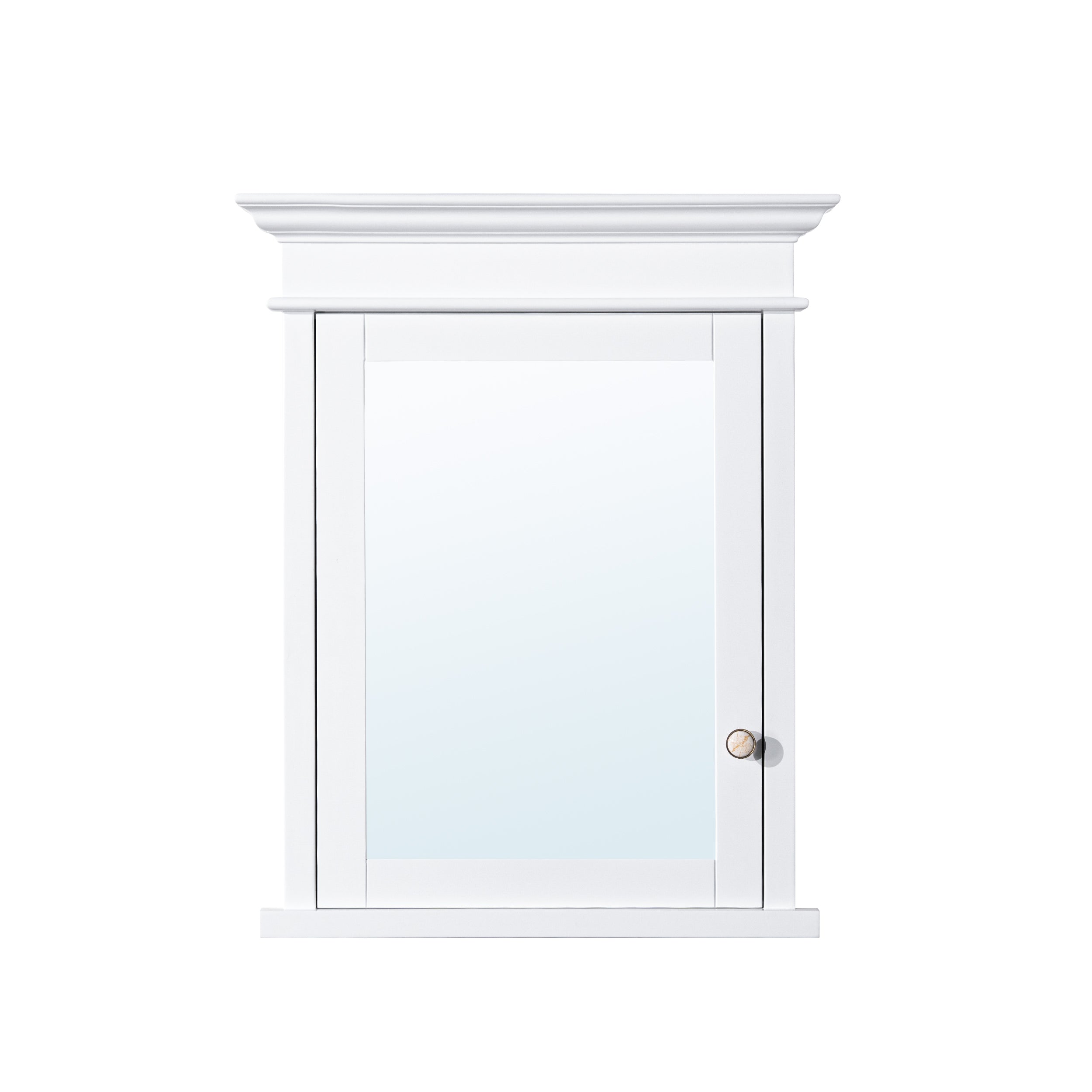

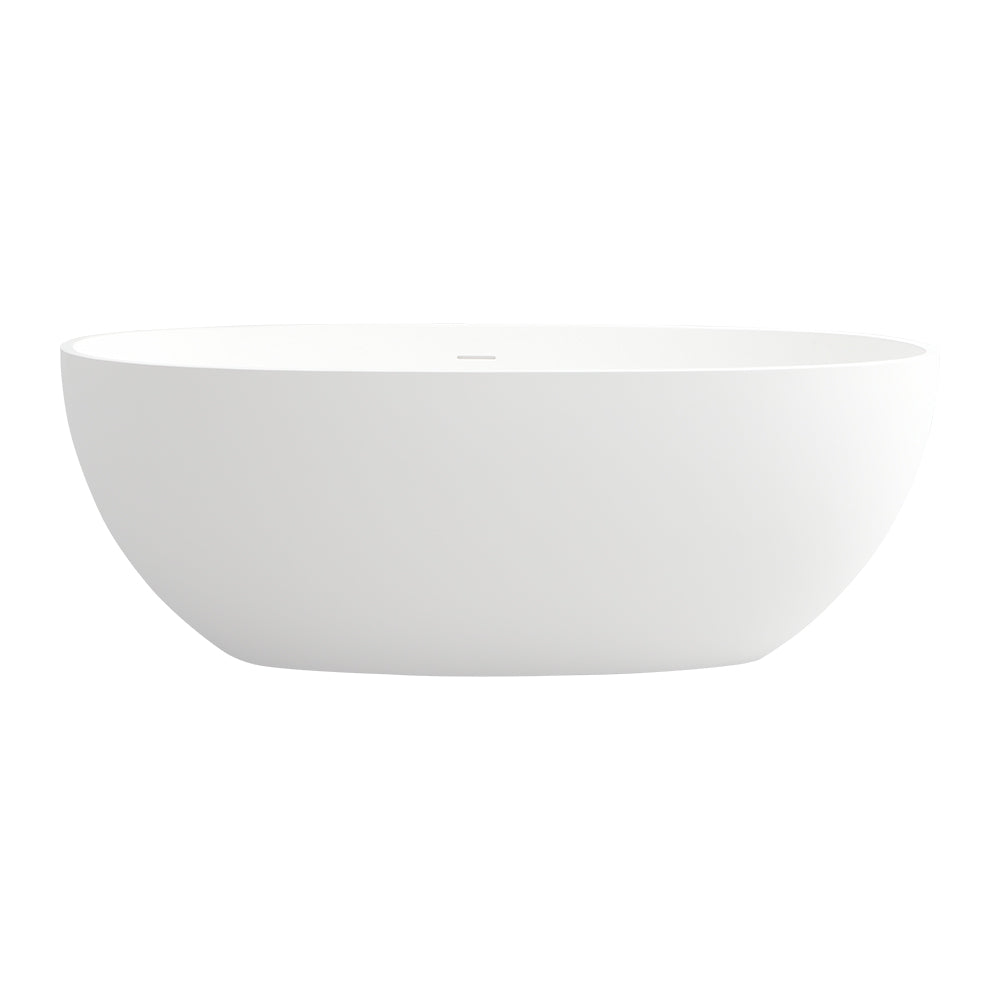


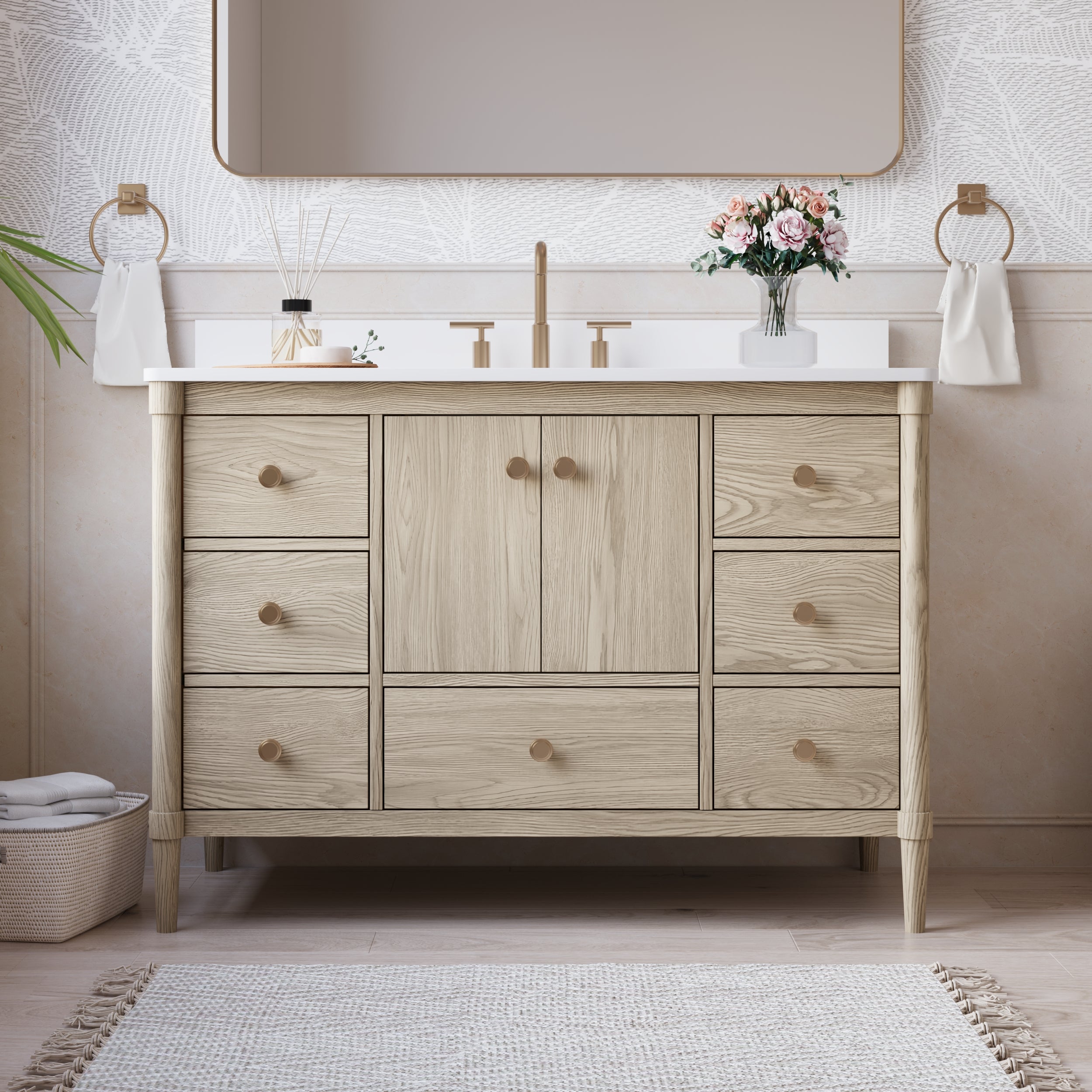
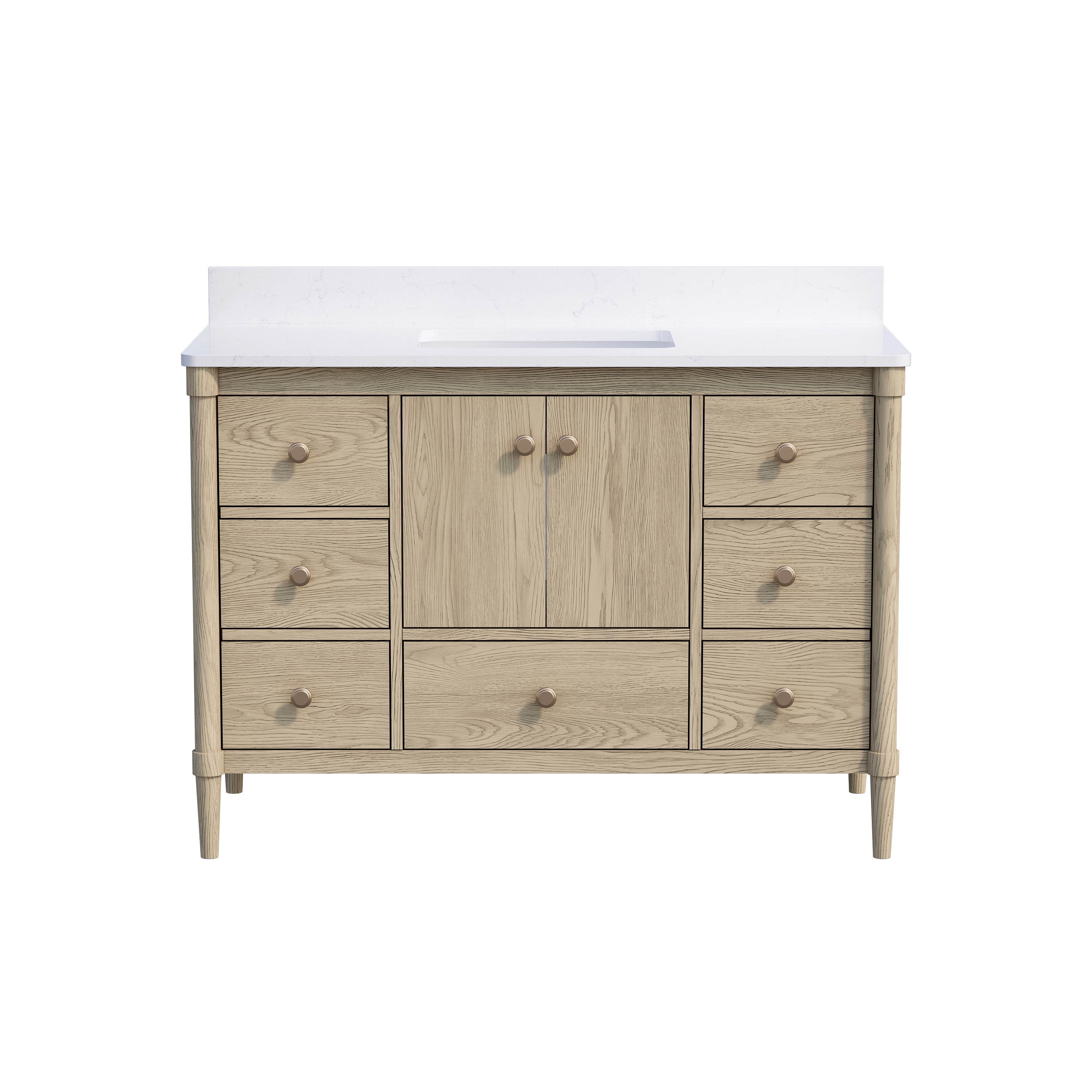
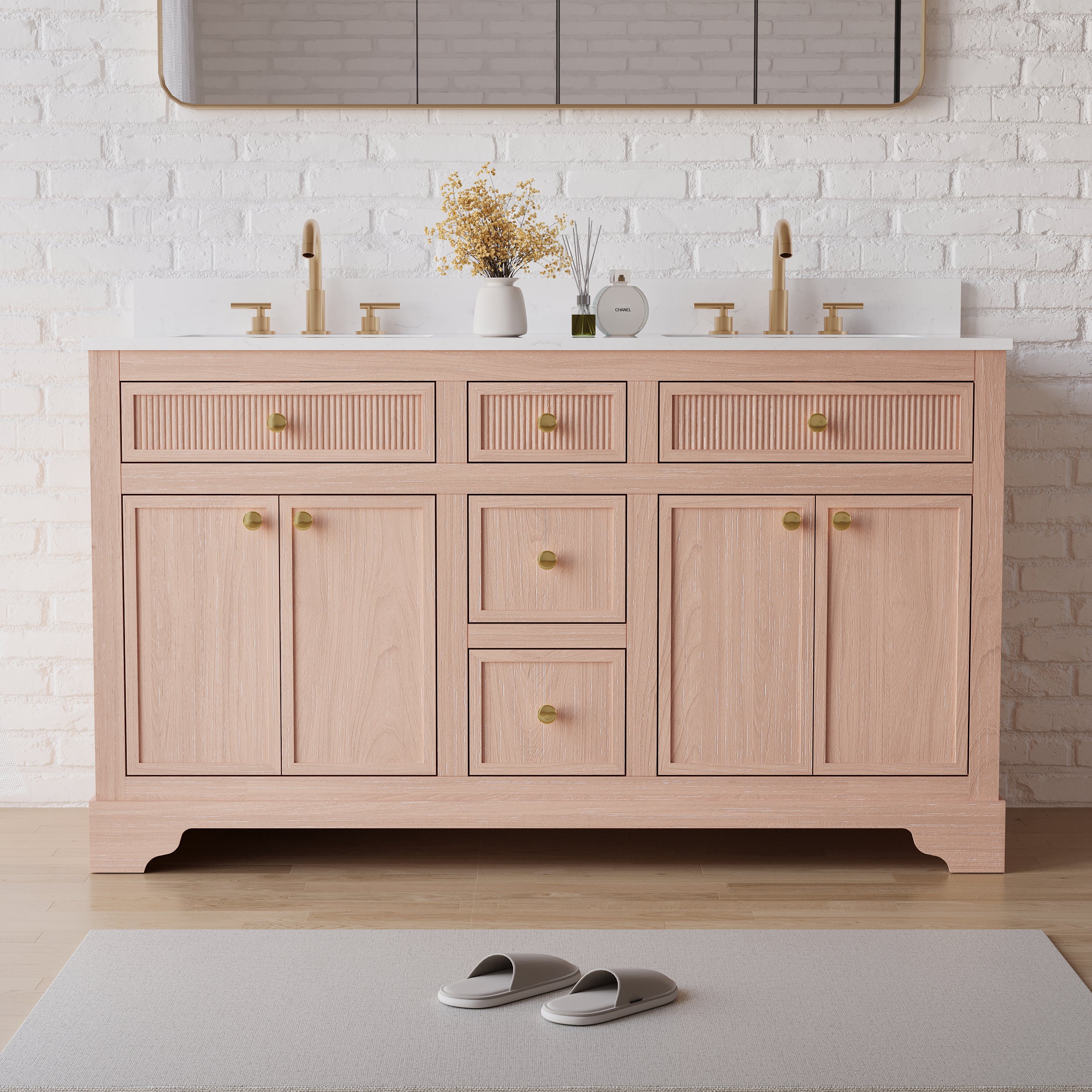



Leave a comment
This site is protected by hCaptcha and the hCaptcha Privacy Policy and Terms of Service apply.